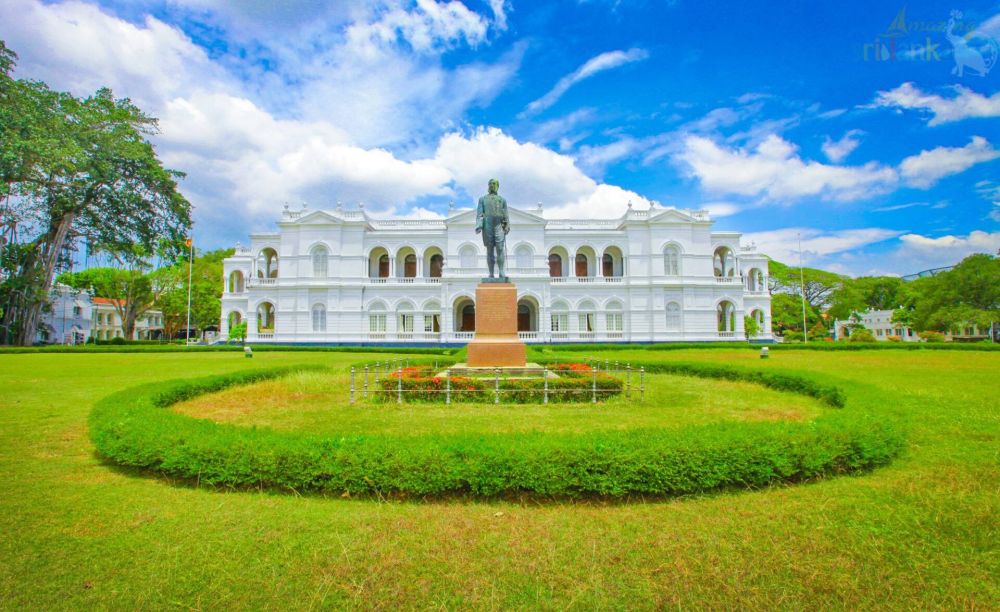

The National Museum of Colombo, also known as the Sri Lanka National Museum, is the largest museum in Sri Lanka. It is a prominent tourist destination with a history that dates back to when it was first opened on January 1, 1877. The museum was established by Sir William Henry Gregory, the British Governor of Ceylon (Sri Lanka) at the time.
The museum was built to showcase the island's rich cultural and natural heritage. Over the years, it has accumulated a vast collection of Sri Lankan artifacts from various periods, including the Anuradhapura, Polonnaruwa, Kandy, and Colonial periods. The collections range from fine arts to archaeology, anthropology to numismatics.
One of the most significant exhibits is the regalia of the Kandyan Kings, including the throne and crown of the last king of Sri Lanka, Sri Vikrama Rajasinha. The museum's library, established in 1877, houses an extraordinary collection of documents, manuscripts, and ola leaves (palm-leaf manuscripts), which are crucial to understanding the history and culture of Sri Lanka.
Since its inception, the museum has played a role in the development of tourism in Colombo. Initially catering to colonial elite and scholars interested in Sri Lankan history and culture, its appeal has broadened over the decades.
Post-independence, the government of Sri Lanka realized the potential of the museum as a key tourism asset. Efforts were made to improve and expand the museum's collections and facilities, which then attracted a wider audience ranging from international tourists to local school groups.
In recent years, there's been a shift in tourism trends where travelers are seeking more immersive and educational experiences. This matches well with the offerings at the National Museum, which provides in-depth insights into the island's heritage.
Interactive experiences are becoming increasingly popular, and the museum has responded by incorporating multimedia displays and guided tours in multiple languages. Virtual tours have also been introduced, particularly during the global COVID-19 pandemic, allowing access to the museum's collections online.
Sustainable tourism practices are being adopted by cultural institutions worldwide, and the National Museum of Colombo aligns with this trend by focusing on the preservation and conservation of its artifacts while educating the public on the importance of protecting cultural heritage.
The National Museum has faced challenges, including the need for continual preservation efforts and the balance of increasing visitor numbers with the conservation of delicate artifacts. The increased use of technology and the development of modern exhibits provide opportunities to overcome such challenges, ensuring the museum remains a central figure in Sri Lanka's tourism industry for years to come.
In summary, the National Museum of Colombo has played a pivotal role in developing the tourism industry in Sri Lanka by acting as a custodian of the nation's history and culture. As tourism trends evolve, the museum continues to adapt, remaining a must-visit destination for anyone interested in delving deep into the heritage of this enchanting island.